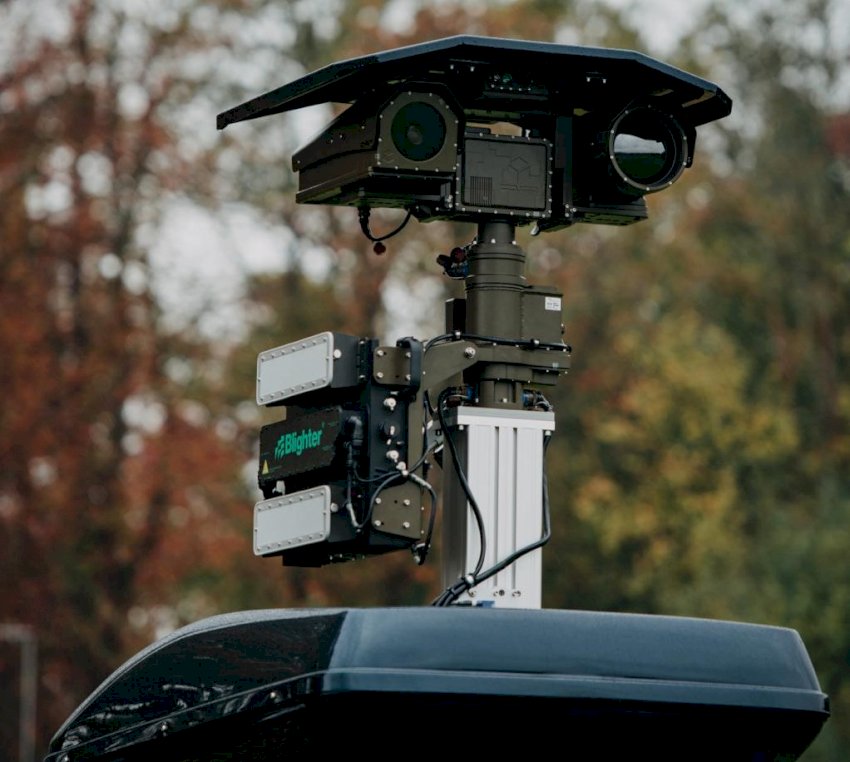Technology
We design, install, commission and maintain VTS and Automatic Identification Systems (AIS) throughout Australia and the Pacific.
Vessel Traffic Services (VTS) comprise a suite of sensors, cameras and radars which are fused into a single operational picture. It is a maritime version of Air Traffic Control.
AMS has long term relationships with OEMs and product suppliers and we are always at the forefront of new innovation and technology advancements. Some of the sites we maintain our VTS/AIS are:
- Lumut, Malaysia
- Various sites in PNG
- Port of Newcastle
- Port of Melbourne
- Port of Brisbane
- Gladstone
- Hay Point
- Townsville
- Cairns
- North Queensland Bulk Ports
- Cape Lambert
- Pilbara Port Authority
- Dampier
- Port Hedland
- Geraldton
- Broome
- Freemantle
- Flinders
- Suva, Fiji
- Wheatstone
- Barrow Island
- Weipa
SharpEye™ Radar Systems. AMS is the Kelvin Hughes Sales, Service and Support Agent in Australia and New Zealand. This allows AMS to support both legacy systems as well as gain access to the latest generation coherent pulse Doppler technology that is contained in the Solid State SharpEye™ Radar Systems.
More than 25 navies now use SharpEye™ radars and displays, which deliver improvements in sub-clutter visibility, enabling targets with a low radar cross section to be detected even in heavy rain and high sea states. Doppler processing enables clutter removal without picture degradation.
SharpEye™ replaces the need for a transponder system, for example Reply Receiver Type B (RRB). Typically, the Helicopter and the ship’s RRB system have to interact to provide a means to reliably track the aircraft in adverse weather. With SharpEye™ however, the ship’s Operations Room can confidently and accurately manage the air space and talk each helicopter into a safe landing on the ship without the need for a secondary radar like RRB.
Counter UAV Radars by Blighter, are designed to disrupt and neutralise Unmanned Aerial Vehicles (UAVs) engaged in hostile airborne surveillance and potentially malicious activity.
AUDS combines electronic-scanning radar target detection, electro-optical (EO) racking/classification and directional RF inhibition capability.
AUDS is a smart-sensor and effector package capable of remotely detecting small UAVs and then tracking and classifying them before providing the option to disrupt their activity. The system may be used in remote or urban areas to prevent UAVs being used for terrorist attacks, espionage or other malicious activities against sites with critical infrastructure.

The Blighter air security radars are able to detect small UAVs in all weather conditions, 24 hours a day flying in urban areas or near to the horizon. This is then integrated with a long-range colour camera and a high sensitivity thermal imager, along with state-of-the-art video tracking technology. This enables the UAV target to be tracked and classified. The operator is then able to make a timely and informed decision to use the smart RF inhibitor to selectively interfere with the C2 channels on the UAV allowing the system to defeat the UAV’s mission. The smart RF inhibitor uses directional antennas to achieve maximum range of operation with minimum collateral effect.
Base and Area Radar Protection. The Blighter radar can be installed on existing infrastructure and provide remote surveillance of an airbase perimeter, the areas within it and depending on the fence construction and surrounding environment, the land around an airbase.
This allows intruders to be detected before they get to the fence and then tracked and followed as they climb the fence and move around the airbase. A single 360° Blighter radar may be used if the site topology allows, however it is typical to use two or three 180° radar to obtain optimal coverage with minimal radar obscuration by buildings etc.
The Blighter radar utilises its electronic-scanning technology and Doppler processing system to enable it to detect intruders, regardless of stance or location. The radar can cue a long-range camera and/or Thermal Imager for intruder identification in daylight or darkness.
The radar may be used in fixed installations deployed on a vehicle. Wireless communications can be used to send the radar data and video back to a control tower or security room.
